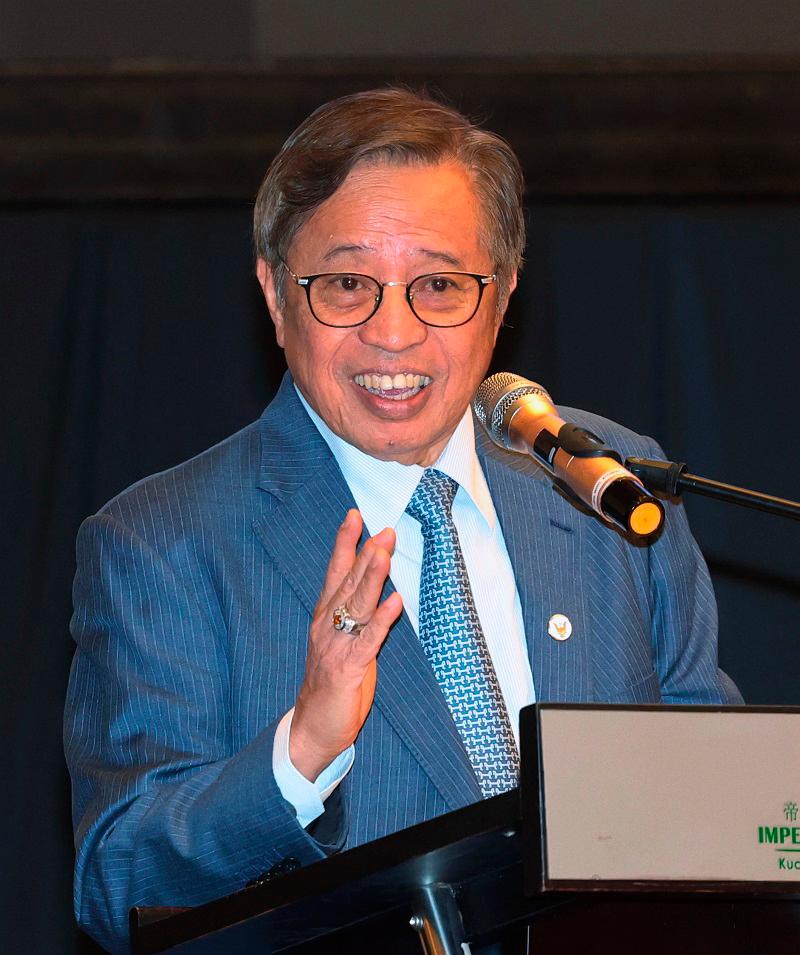KUCHING: The Sarawak government is prepared to fund rice cultivation projects to ensure Malaysia’s rice production and food security is safeguarded, said Sarawak Premier Tan Sri Abang Johari Tun Openg.
He said the exact amounts have yet to be determined as discussions are still ongoing with the relevant ministries following his recommendations.
“I had the opportunity to meet Agriculture and Food Security Minister Datuk Seri Mohamad Sabu during his visit to Kuching, where I outlined our plans for rice production, by comparing the Stumbin, Lingga, and Tanjung Bijat areas in Sri Aman with Kedah.
“The acreage of the area is nearly identical, with an investment exceeding RM1 billion in drainage and irrigation by the Muda Agricultural Development Authority (MADA) in Kedah,” he told reporters after inaugurating the 2024 2nd Regional Conference on Agrobiodiversity Conservation and Sustainable Utilisation, here today.
He said that he had proposed a similar investment for rice cultivation areas in Sri Aman, and Mohamad responded that the matter would be referred to Prime Minister Datuk Seri Anwar Ibrahim, who is also the Finance Minister, as it is expected to involve a significant outlay of funds.
Abang Johari informed that further discussions on the matter involved Mohamad and the Sarawak Minister of Food Industry, Commodity, and Regional Development, Datuk Seri Dr. Stephen Rundi Utom.
Previous media reports quoted the premier as saying that Sarawak is confident it would not face a supply crisis once 10,000 hectares of land planted with hybrid padi fully yield within the next three years.
He added that based on research by Universiti Putra Malaysia, the rice cultivation areas in Gedong, Simunjan, Lundu, Banting, and Lingga could produce double the amount currently imported.
The three-day conference, which ends on Thursday, involves 185 participants discussing topics related to agro-biodiversity management in the context of climate change; biological control and ecological engineering; the use of agro-biodiversity resources and alternatives; and potential crops for food security.









